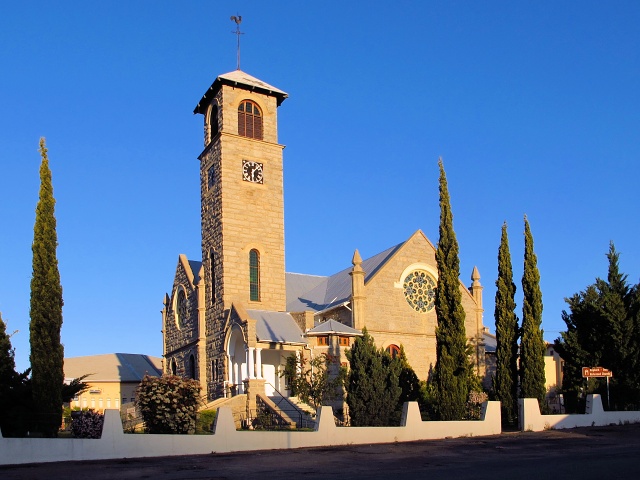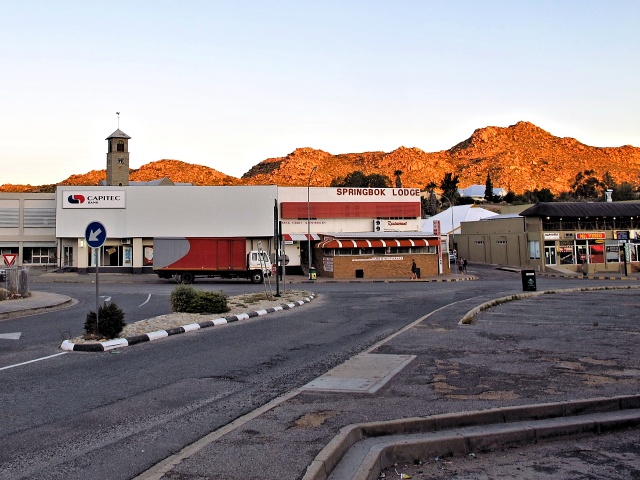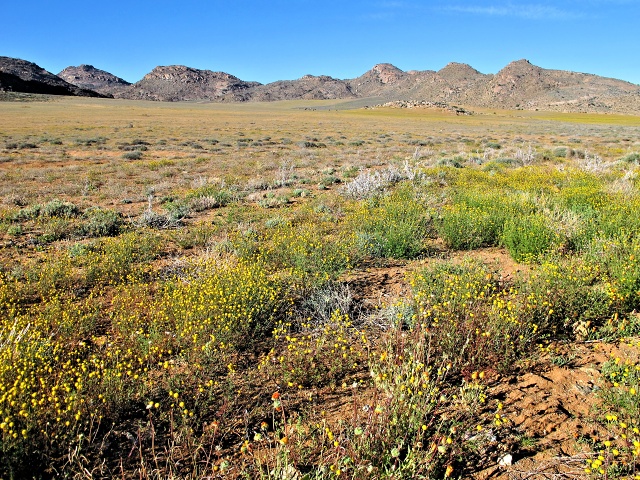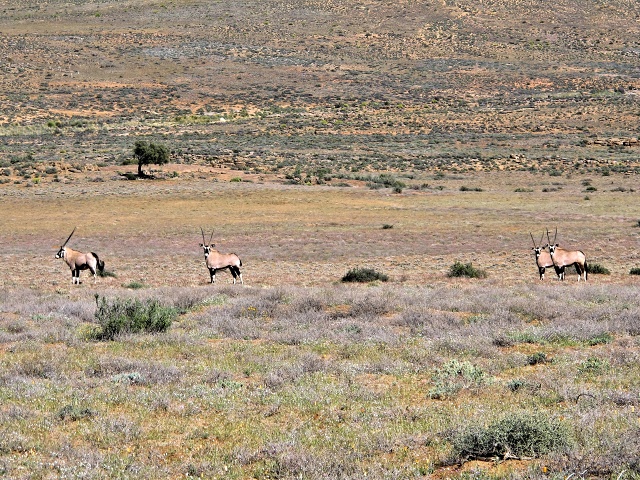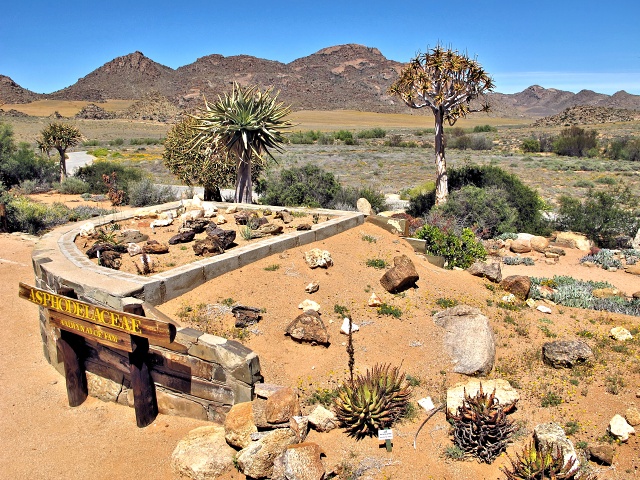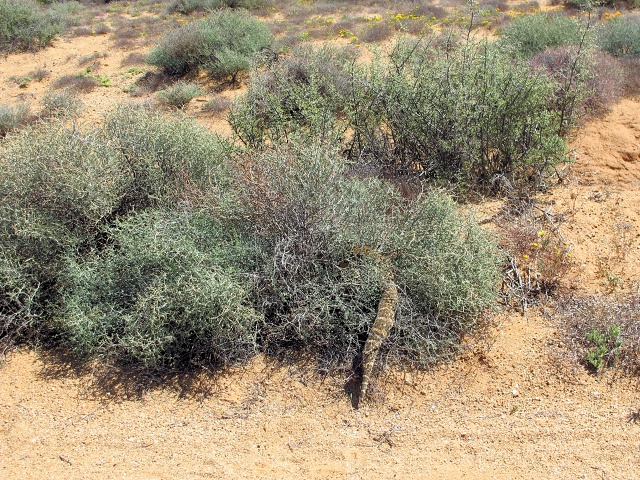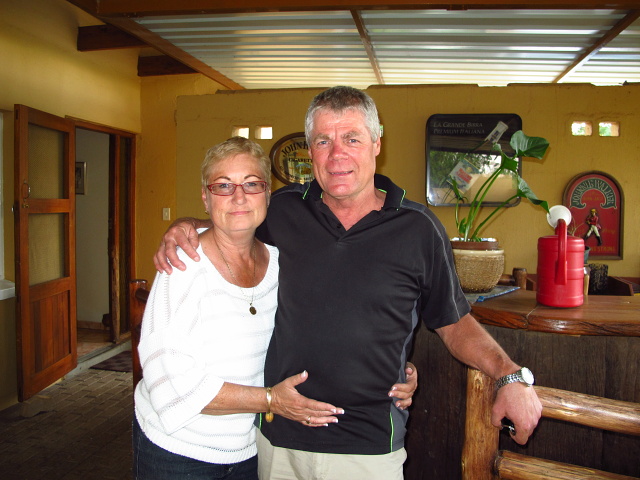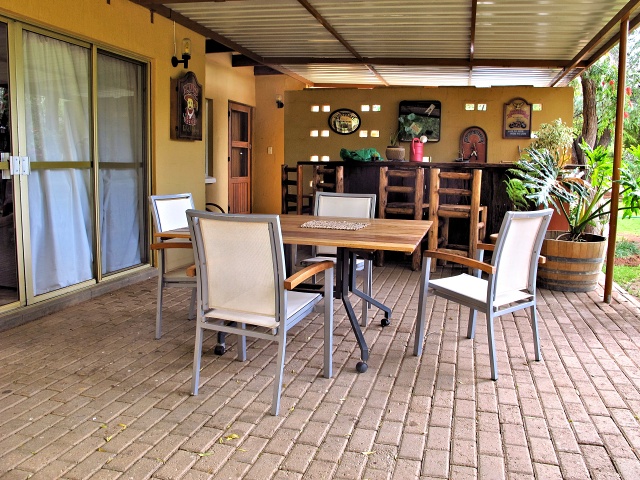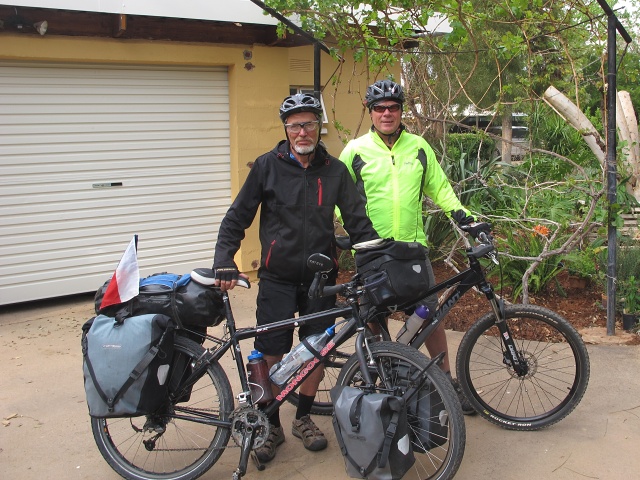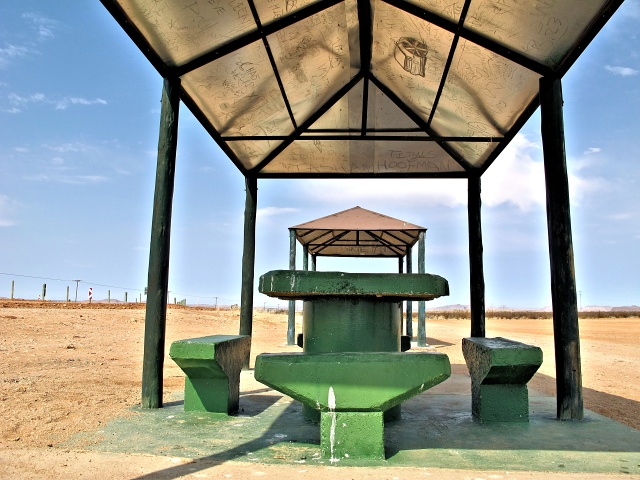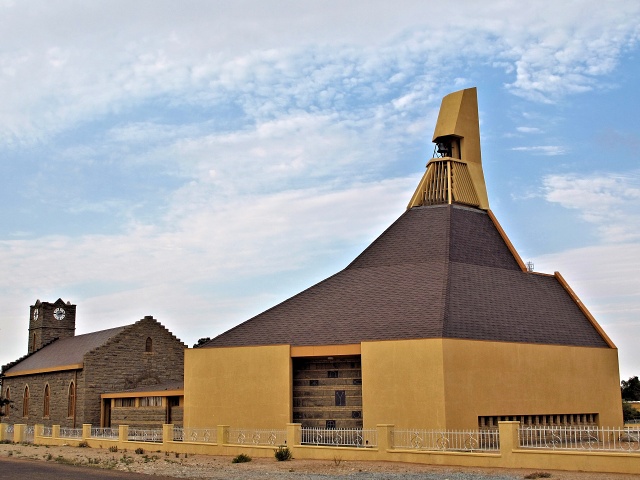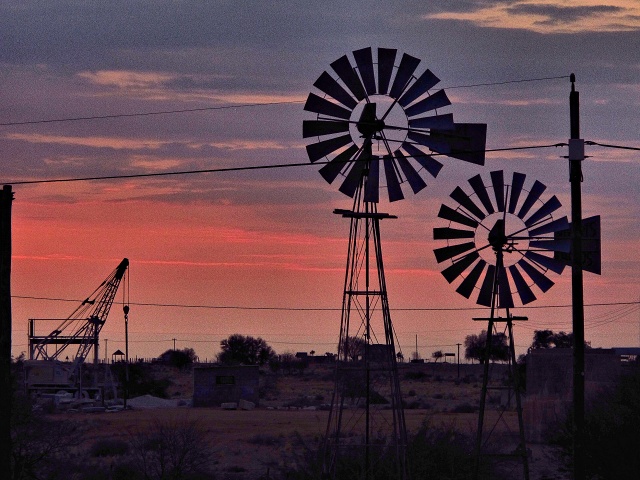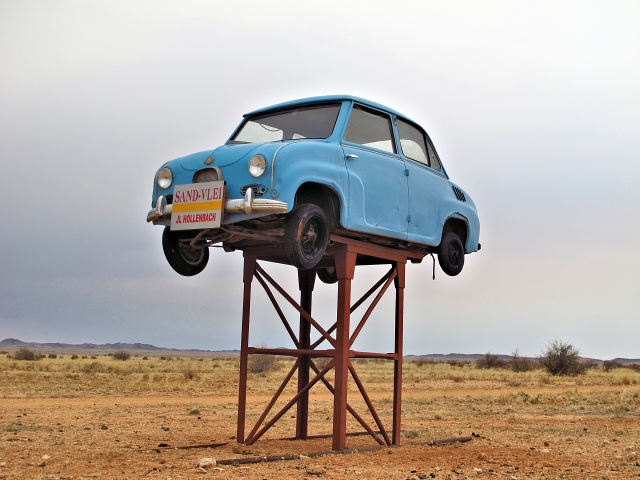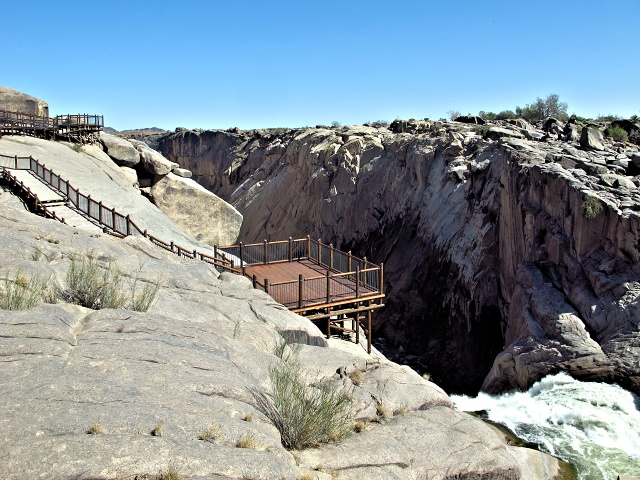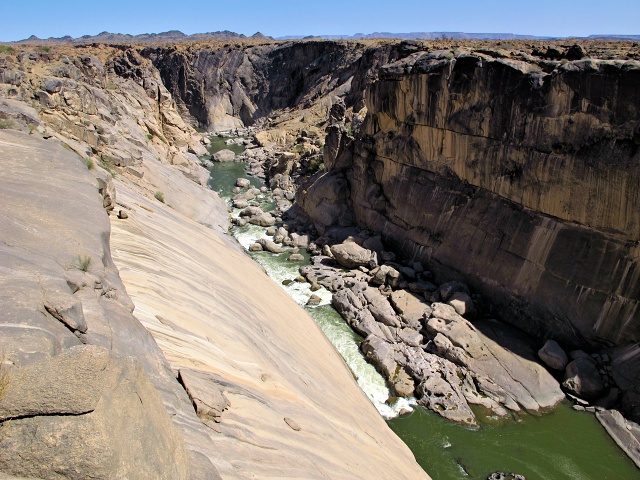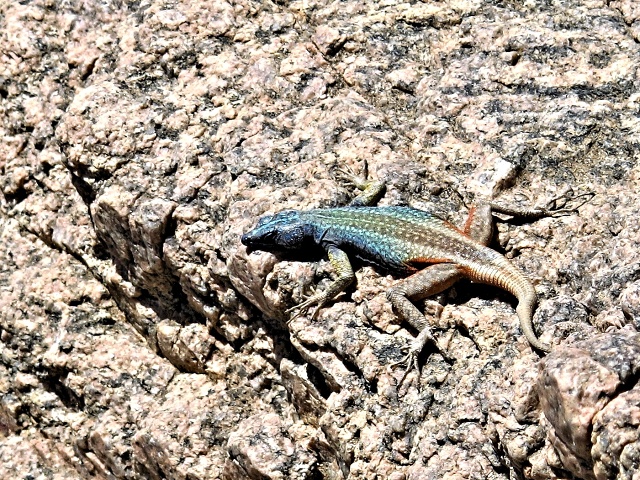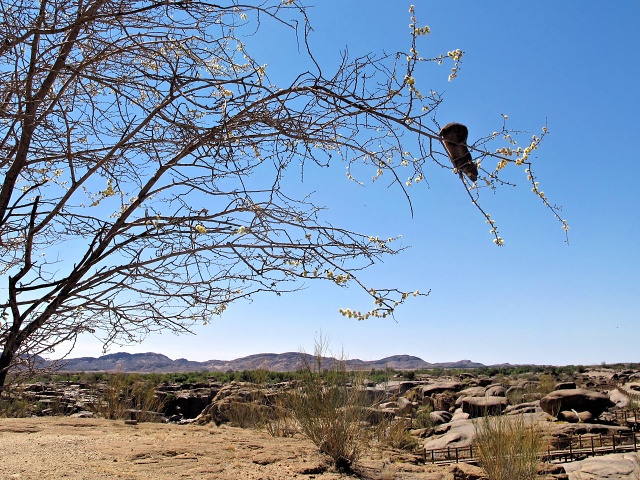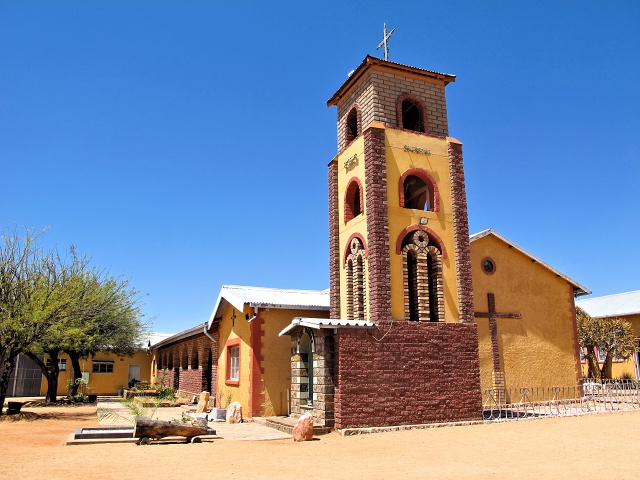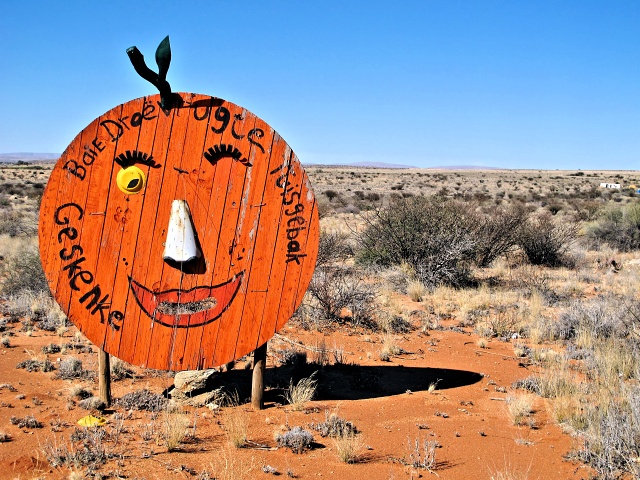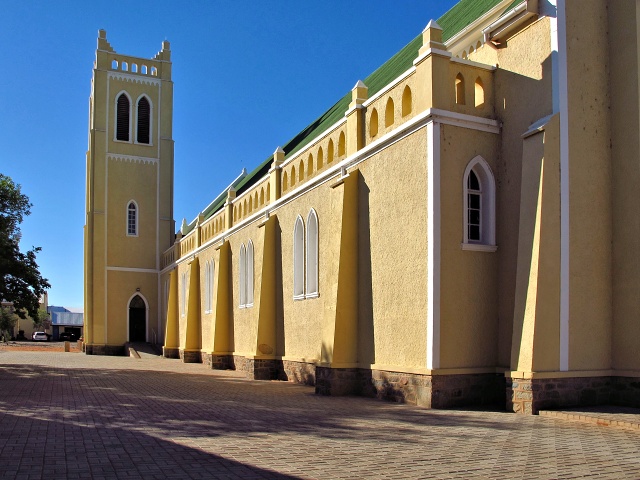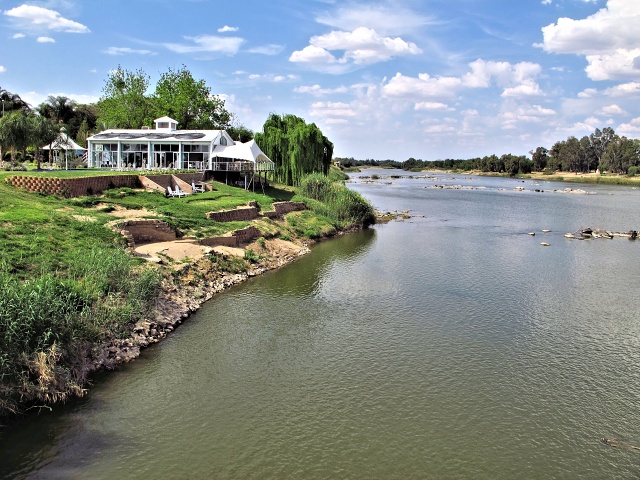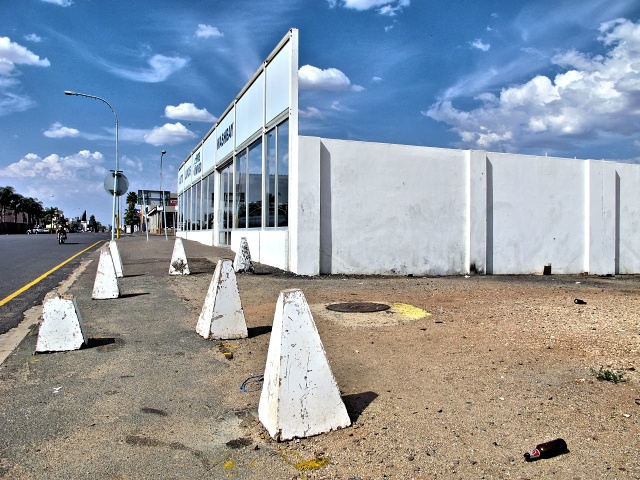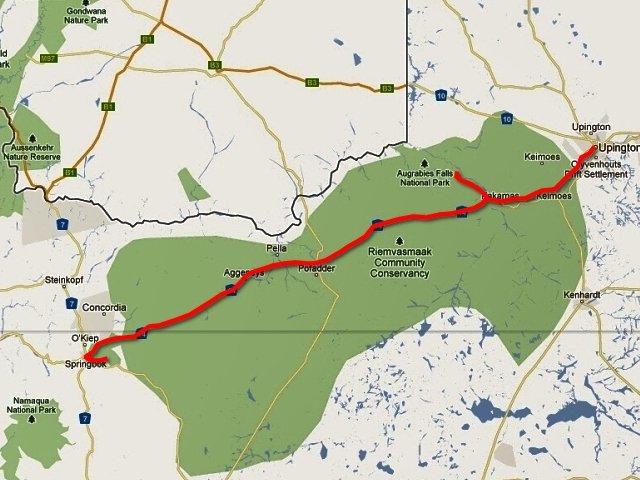| Cycling South Africa |  | |||||
 |
 |
 |
 |
 |
 |
 |
| Nothing compares to the simple pleasure of a bike ride. J.F.Kennedy | ||||||
| Three-month cycling trip, starting in late August 2012 in Windhoek, ending in Cape Town. Author's 9th expedition (New Zealand, Australia, USA, Canada, Alaska, Japan, Mexico, Bolivia, Chile, Argentina). |
|
Through the Wild Flower Region
Springbok
Wild Flowers
It was a pleasant morning. I arrived early in the morning as the first visitor. The animals are active in the morning, so I saw many Gemsbok, Eland (another species of antelope), Springbok (coming from the Afrikaans words spring – to jump/leap – and bok – antelope / goat), Klipspringer, and several ostriches. I only did not encounter Hartmann’s Mountain Zebra. On the 4WD routes, I repeated some rough terrain cycling, it was a really nice change. Only one moment was critical. I was going downhill in quite deep sand when I saw a snake, as thick as my arm and about 120 cm long, crossing the road in front of me. I could not apply the brakes without skidding, so I did what I could not to run over it. I estimate that I missed the snake by about 10 cm. I returned to take a photo of its tail as it slithered into the bushes. But I was wary of not trying to lure it out of the bush to take its photo in its full glory. Instead, I hurried off. I did well, because later I found out that it was a puff adder (highly aggressive venomous viper) whose bite is lethal to humans.
Contrasts
It is problematic to give anything to these people. Immediately you attract attention to yourself and cannot get rid of the intrusive demands of other people. Whenever an African started talking to me, it ended in a request for money. Therefore, in towns it was better to give a very busy and determined impression, not to dawdle in the street, but to rush off on some, albeit imaginary, purpose. If possible, not to talk to anyone, and if there were any requests, to say: "Sorry, I have no time, I'm in a hurry". That is why I took very few photos in towns, as I would have revealed the fact that I was a tourist and would draw unwanted attention to myself.
Super People
I was very lucky. Aggeneys is a typical small mining town (the Black Mountain Mining company) with no accommodation available. Another option was to continue on to Pofadder, 70 km away. Arriving at Aggeneys, in front of the store I asked how to find the address which had been given to me. The black guy in a car whom I asked replied that it was complicated and told me to follow him. He kindly guided me right to the place. Hennie and his wife were not yet home from their shopping spree, so their neighbor immediately called them to say they had a guest and sent me inside. After about an hour, they arrived and the first thing Hennie’s wife, Rose, did after we shook hands, was to pull out a cold beer. She also cycles a bit and knows what every cyclist needs after cycling.
I refused to sleep inside and pitched my tent on the lawn next to the house. The evening was very pleasant. Hennie grilled huge T-bone steaks on the fire, each one well over a kilogram. Then we chatted pleasantly. I showed them my website. They had lived for several years in Rosh Pinah in Namibia and knew the location of my photos. Hennie is a real cycling enthusiast, he started cycling at the age of 50, as I did. But he has undeniable organizing talents and so he founded and actually managed a local cycling club, organized competitions, joint excursions, etc. He works in the mining company as a Project Manager. The mine, whose main shaft is 1,870 m deep, produces copper, zinc and lead. A few kilometers further on, they found another hill stuffed with zinc. But the problem was the lack of electricity, which, together with the fact that frogs protected by environmental activists, live on the hill, has prevented the start of mining thus far. Therefore, the company melts (up to 1.5 tons) only part of its production to ingots and the rest is sold as a concentrate for further processing. The town is divided interestingly, people live in the area according to their position in the company, with the workers in one district, administration in another, managers elsewhere. When someone gets a considerable promotion, or, on the contrary, loses his position at work, the company moves him accordingly.
Pofadder
By the way, on the previous day I had weighed myself and my weight was 63 kg (I had lost more than 4 kg), although I had stuffed myself under pressure in Springbok for two days. My body reacts in this way whenever it gets close to my student-age weight of 62 kg. Then, in times of plenty of food, I get a chronic, wolf-type hunger and I am able to eat an incredible quantity of food without any ill-effects. A reduction of fat reserves is also manifested by hunger during the day, when the body cannot be fooled by munching on a few carrots. And so I carried biltong (dried, seasoned meat of Kudu, Springbok and other game) with me. It is very protein-rich (more than 50% protein, only 5% fat) and substitutes very well for artificial energy bars. It has an excellent flavor. The journey from Pofadder in the direction of the Augrabies NP was indeed long and boring, but easy. The road rippled only slightly, a slight South wind blew from 3 o'clock. The vegetation of the surrounding desert is sparse and always the same and it reminded me of Kimberley in North-Western Australia or the northern part of Baja California in Mexico. Farmers usually indicate the entrance roads to their farms with used tires to be able to see home in the drab landscape. But there are also exceptions: from various signs to life-size figures and imaginatively used veteran cars.
After 125 kilometers, I arrived at the turn-off to Augrabies Falls. The closest camp was in Kakamas, but I would have had to cycle back 10 km on the following day. Therefore, I studied in detail the advertising billboards after the turn-off and went to a campsite 10 km away at Lake Grappa Farm. The proximity of the Orange River and plenty of irrigation has changed the face of the whole countryside. Green vineyards dominate and the homes of agricultural workers, though miserable by our standards, are luxurious under local conditions. There are many workers in the area, most of the work in the vineyards is done manually, this is definitely cheaper there. The camp was part of the wine farm, as well as a large complex with an (apparently artificially created) lake (actually a pond), where I could pay for a water-skiing lesson. I was alone in the camp, the five nearby huts were inhabited and everyone greeted me, saying that they had seen me on the road. Not only today, but also six days earlier on the Atlantic coast. Grapes are cultivated in the area. Originally mainly raisins were produced, but following the success of the Cape wine-growing region, they embarked on the production of wine. They have even organized and marked the Orange River Wine Route. I stopped at one winery, bought a bottle of local red wine, but was disappointed. The unbalanced acidity dominated too much, the bouquet of molasses was indistinctive in character, the acidity too marked for my taste, too viscous to the taste, but sliding rapidly over the tongue, with an aftertaste of ripe mango, unfinished fruity tones, obtrusive bittersweet tail. But most importantly, it was too little, I did not even start to feel intoxicated. I will probably remain faithful to my favorite Robertson Winery which makes a very satisfactory and inexpensive Ruby Cabernet and Cabernet Sauvignon to meet my requirements. I hope you realized that my description of the wine-tasting was ironic, I am no expert. But I really did not like it. By the way, I discovered an excellent stout (dark beer) – South African Castle Milk Stout. A great delicacy, plus its alcohol content is 6%, so it is also nutritious.
The Hour between Dog and Wolf
Augrabies Falls
I took photos out of necessity, because it was clear that there would be no glory in the harsh morning sunlight. The local small lizards, with their beautiful neon colors, were interesting. And also the huge number of dassies who peered out from behind every rock and fed on the flowers of the blossoming trees.
I was hungry all day. I had a steak at the waterfall restaurant. When I arrived at Kakamas, 30 km away, I ate a kilogram of bananas and a pie with who knows what in it. Then I gobbled up half of the cheese originally intended for breakfast. This finally filled me up, so I decided to cycle another 40 km to Keimoes. A strong wind was blowing from behind and so it was an incredibly easy ride.
My most Faithful Admirers
The lady at the first campsite demanded 250 Rands, an incredibly high price, and I had even removed my helmet and scarf. I told her that the price was suspiciously low, and that it might not be too safe or of a high quality there and I would rather go elsewhere. She stared like an owl for a while, but then caught on to my clumsy joke and began to laugh. She said she would give me a discount. I put on a serious face, said that I did not want any discount but demanded quality and that I did not need to save. And I cycled off to a campsite 2 km away, where the price was 70 Rands. The owner of the campsite and adjacent farmhouse and vineyard came for a chat and we got into a very politically incorrect debate on Apartheid and the work ethic of the local population. He told me that, in the period of the greatest onslaught of work when, due to the weather, everything had to be done in the vineyard within a few days, the whole bunch of workers did not come to work for a week. And so on, they just have a different attitude, period.
Upington
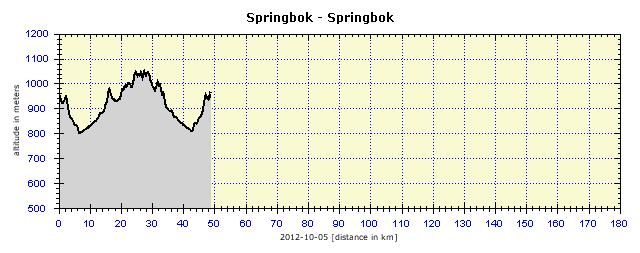  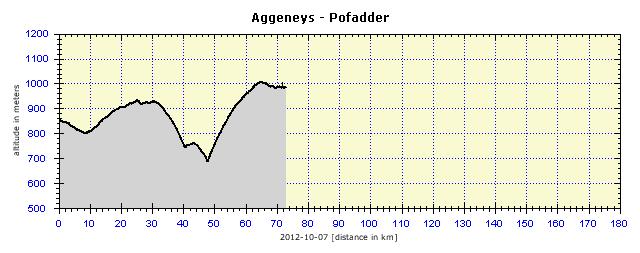 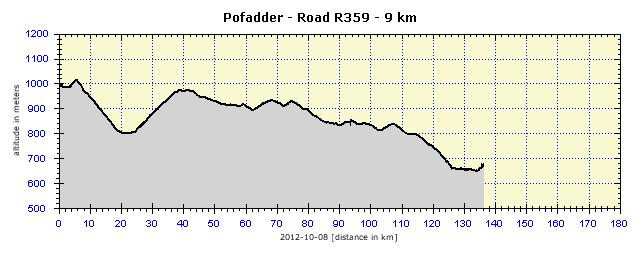   |
